MRF Share Price History (1990 to 2024): The Incredible Journey of India’s Costliest Stock
MRF, which stands for Madras Rubber Factory, is India’s largest tire manufacturer and the 6th largest globally. It has become a symbol of resilience and growth in the Indian stock market. What makes MRF share price such a popular search term is its extraordinary rise from humble beginnings. In the early 1990s, the share price was as low as ₹5. Today, MRF shares are valued at over ₹80,000, making them the most expensive in the Indian stock market. The MRF stock story is an inspiration for many long-term investors.
MRF Share Price in 1990
In 1990, the MRF share price was around ₹5. Those who invested in the company during this time have seen an astronomical return on investment. The story of a grandfather purchasing 20,000 shares in 1990, which are now worth over ₹1 billion, has captured the imagination of the public. It’s no wonder that so many search for MRF share price in 1990 to better understand the massive growth.
MRF Share Price Growth Timeline
Here’s a detailed breakdown of MRF share price history from 1990 to 2022:
| Year | MRF Share Price (Approx.) |
|---|---|
| 1990 | ₹5 |
| 1991 | ₹8 |
| 1992 | ₹9 |
| 1994 | ₹27 |
| 1995 | ₹345 |
| 1996 | ₹3,570 |
| 1997 | ₹3,299 |
| 1998 | ₹2,750 |
| 1999 | ₹2,925 |
| 2000 | ₹2,710 |
| 2001 | ₹1,250 |
| 2002 | ₹1,000 |
| 2003 | ₹2,550 |
| 2004 | ₹2,820 |
| 2005 | ₹3,500 |
| 2006 | ₹4,800 |
| 2007 | ₹8,900 |
| 2008 | ₹7,360 |
| 2009 | ₹6,890 |
| 2010 | ₹9,820 |
| 2011 | ₹7,750 |
| 2012 | ₹12,850 |
| 2013 | ₹20,220 |
| 2014 | ₹39,400 |
| 2015 | ₹46,300 |
| 2016 | ₹54,650 |
| 2017 | ₹74,500 |
| 2018 | ₹81,450 |
| 2019 | ₹67,460 |
| 2020 | ₹81,249 |
| 2021 | ₹98,599 |
| 2022 | ₹72,064 |
Note: These figures are approximate averages as actual prices fluctuate based on market conditions.
MRF Share Price in 2024: What Lies Ahead?
As of 2024, MRF shares continue to hold a premium position in the market. The stock price hovers around ₹1,40,000, market analysts predict that it could break the ₹1,50,000 mark in the near future due to the company’s strong financials and steady performance.
Why Is MRF Share Price So High?

Several factors contribute to MRF’s exceptionally high stock price:
- Limited Share Count: MRF has never conducted a stock split, keeping its share count relatively low. This results in a high per-share price.
- Strong Financial Performance: MRF consistently reports healthy profits, which appeals to long-term investors.
- Investor Trust: Decades of steady growth and industry leadership have earned MRF investor confidence, pushing up demand for its shares.
- Product Leadership: MRF’s reputation for high-quality tires has solidified its market position, further driving share price appreciation.
Major Milestones in MRF Stock Price Growth
The MRF share price journey is marked by significant milestones:
- 1990: The share price was around ₹5.
- 1995: A dramatic increase, with the share price reaching ₹345, marking MRF’s emergence as a heavyweight in the stock market.
- 2010-2015: MRF experienced rapid growth, with the share price jumping from ₹9,820 in 2010 to over ₹46,000 in 2015.
- 2020: Despite the global COVID-19 pandemic, MRF shares peaked around ₹81,000.
The Viral Story: 20,000 MRF Shares Bought in 1990
One of the most viral stories associated with MRF stock is that of a grandfather who purchased 20,000 shares back in 1990 when the price was around ₹5. Today, those shares are valued at over ₹1 billion. This tale underscores the incredible long-term returns that MRF has provided its shareholders.
MRF’s Consistent Dividend Policy
MRF’s dividend yield might appear low at 0.15%, but this is typical for high-growth stocks. The company prefers to reinvest profits into its business rather than offer large dividends, which has driven substantial capital appreciation over the years.
MRF Share Price: Long-Term Investment
Investors who have held MRF shares since the 1990s have seen extraordinary returns, but even new investors could potentially see gains. MRF’s solid fundamentals, consistent financial performance, and industry leadership suggest the stock could continue to rise.
Why Has MRF Never Split Its Shares?
MRF has never conducted a stock split, a practice where companies divide existing shares into multiple shares to increase liquidity. This decision has kept the stock price high, creating an air of exclusivity around the stock. For many investors, owning even a single MRF share is seen as a prestigious achievement.
How to Invest in MRF Stock?
Anyone with a trading account can buy, sell, or hold MRF shares. However, due to the high cost per share, it is essential to assess your investment goals and risks carefully before purchasing. If you’re a long-term investor, MRF stock might be a great addition to your portfolio, but for day traders, the high brokerage fees associated with trading such an expensive stock can cut into profits.
Frequently Asked Questions (FAQs)
1. What was the MRF share price in 1990?
The MRF share price in 1990 was around ₹5.
2. Why is the MRF share price so high?
MRF’s high share price is due to its limited number of shares and the company’s decision not to conduct a stock split.
3. Can I buy just one share of MRF?
Yes, anyone with a trading account can buy a single share of MRF, but keep in mind the high brokerage fees.
4. Is MRF stock a good long-term investment?
Yes, based on historical performance, MRF has provided excellent returns for long-term investors.
5. Who owns the most MRF shares?
The largest MRF shareholder is a hedge fund, MOVI Pvt Ltd, holding about 12% of the company’s shares.
Conclusion
The MRF share price history is a testament to the power of long-term investing. Starting at just ₹5 in 1990, the stock has grown to become the most expensive in India, rewarding those who believed in its potential.
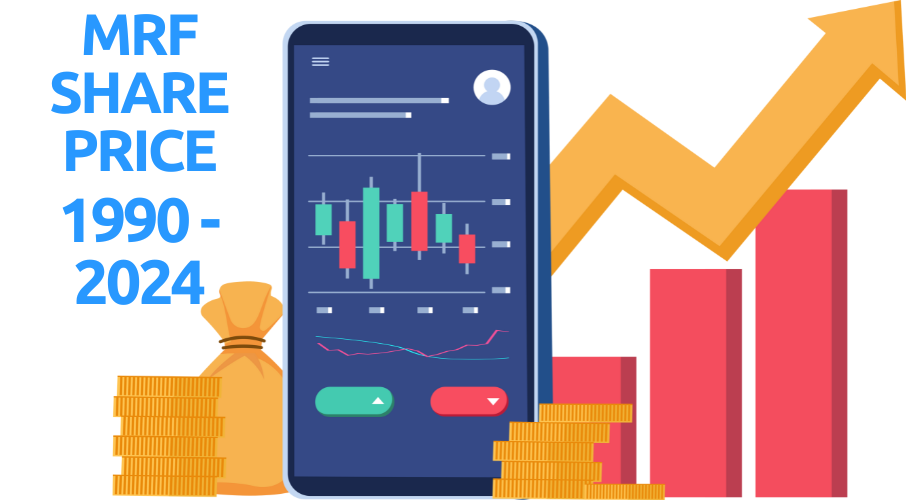


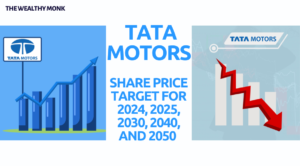
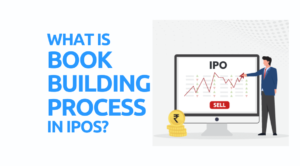

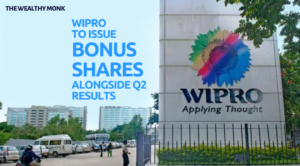
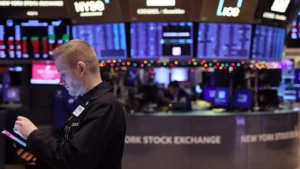

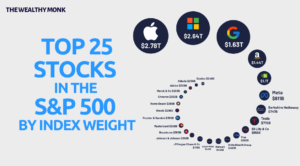
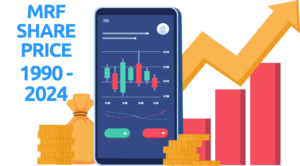
Post Comment